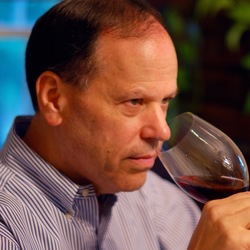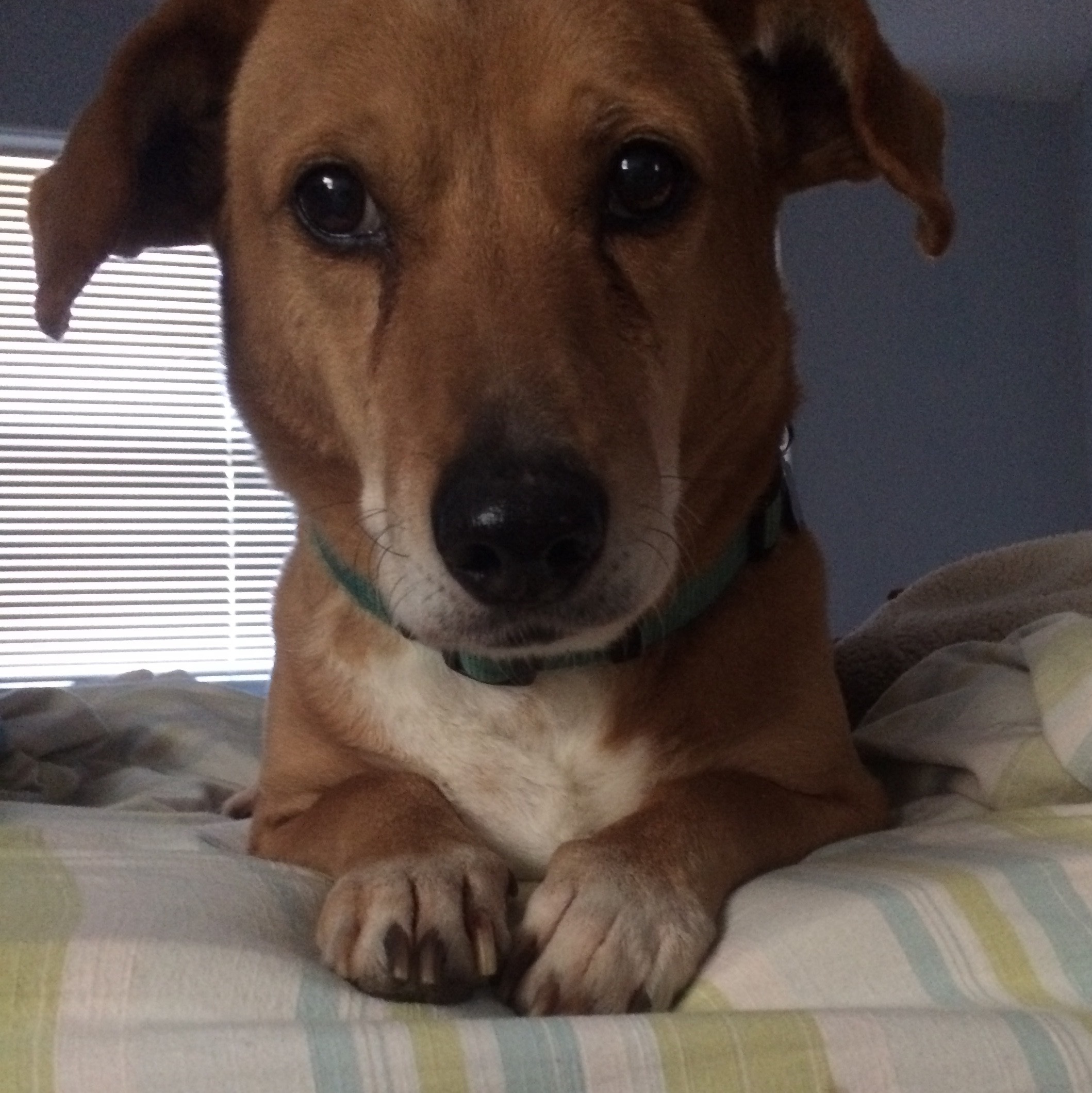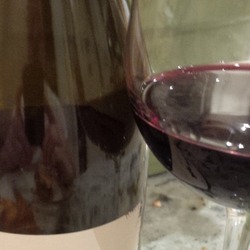New Norcia Abbey
Freemark Abbey
Napa Valley Malbec 2014
Malbec’s are not usually my thing, and apparently they are new for Freemark Abbey as well?
At any rate I was surprising pleased! Light cherry notes, a bit bitter or earthy, and a slight tannin reminiscent of their Cabs. Unsurprisingly I suppose.
2014 Vintage was a delicious surprise! — 2 years ago
Taittinger
Comtes de Champagne Grand Crus Brut Blanc de Blancs 2007
Well...this was one hell of a week. There is only one way to wind it down. Reach for an excellent bottle of vintage Champagne.
My first thoughts are how delicate this is on the palate. Further, how unbelievable it will be with another 8-10 years in bottle.
The nose shows; slightly sour lemon, the good parts of lemon Pledge, lemon meringue, white stone fruits, pineapple fresh with lots of juice, grapefruit, lime pulp, honeysuckle, soft, haunting caramel, brioche, limestone & slightly, dirty, grey volcanics, saline, sea fossils, sea spray, bread dough, vanilla, white spices-light ginger with spring flowers, mixed floral greens & lilies.
The body is light on its feet and dances on the palate. Delicacy abounds. Its soft, gorgeous mousse right there with the best money can buy. Slightly sour lemon, lemon meringue, green & with more bruised golden apple, white stone fruits, pineapple fresh with lots of juice, grapefruit, lime pulp, touch of apple cider, honeysuckle, soft, haunting caramel, ginger ale into cream soda, brioche, nougat, toffee notes, lighter nuts without skin, limestone & slightly, dirty, grey volcanics, saline, sea fossils, sea spray, bread dough, vanillin, marzipan, white spices-light ginger with spring flowers, mixed floral greens & lilies. The acidity is mellow yet lively, gorgeous and as good as it gets. The finish is all luxury. So well knitted & balanced, elegant, rich but not overpowering and gently persisting several minutes.
Photos of; The House of Taittinger, their caves so chalky white and built on the famous Crayères Cellars of Reims: 2.5 miles of tunnels (they own 1/4 to 1/3 of it) cut out of chalk by the Romans, the portrait of Thibaud IV who was a king, lord, manager, singer, conqueror, explorer & 11th century Crusader all rolled into one from which, this Cuvée was the catalyst creation and part of the 600 plus hectares they own in Champange.
Some producer notes; Taittinger's history can be traced back to 1734, when it was originally known as Forest-Fourneaux, founded by Jacques Fourneaux who worked closely with local Benedictine monks to learn how to produce wine. They were just the 3rd Champange house.
The estate was bought by the Taittingers – a family of wine merchants – in 1932, and thanks to the great depression and subsequent low land prices, the family also picked up huge swathes of vineyard. From 1945-1960, Francois Taittinger established the cellars in the Abbey of Saint-Nicaise, and after his death in 1960 his brother Claude took over, pushing the estate into a Champagne house of world renown. Such was the status of the label that the Taittinger family soon expanded its business into other luxury goods. However, this eventually led to financial difficulties, and in 2005 the Taittinger brand – including the Champagne house – was sold to the American owned Starwood Hotel Group. The sale was badly received by the Champagne industry, with many fearing the new owners – unfamiliar with the culture of Champagne – would put profit ahead of quality.
Just one year later, Claude’s nephew, Pierre-Emmanuel Taittinger, who had always been opposed to the sale, negotiated a €660m deal with the Starwood Group, and the Taittinger family resumed ownership of the company.
In 2017, Taittinger planted its first vines in England, near a village in Kent, for its venture into English sparkling wine. The first bottle will be ready in 2023.
1/8/21 — 5 years ago


Freemark Abbey
Napa Valley Chardonnay 2023
Pale lemon color with aromas of stone and citrus fruits with toasty aromas, aged in about 35% new oak. On the palate flavors of melon and peach with lemon citrus zest and nutty vanilla notes, good balanced with acidity. Medium+ finish ending with fruit, oak and mineral character. — 6 months ago
Taylor Family Vineyards
Hillside Oak Knoll District Chardonnay 2020
A friend shared her new discovery.
Perfumed and delicate on the nose with Asian pear, honeysuckle, pineapple, and white floral. The palate is ripe than the nose suggested but remains lively and clean. Acidity is about perfect.
A very small winery with about 2,200 cases produced annually. Kristy Melton of Freemark Abbey is the winemaker. — 3 years ago
Freemark Abbey
Napa Valley Cabernet Sauvignon 2016
Nose has ripe blackberry, medium roast coffee grounds, tannic black cherry, crushed milk chocolate, sliced red pepper, tanned black leather and ripe plum skin.
Palate has ripe blackberry, plum, milk chocolate chips, mild new oak, black currant and red clay pottery. Mild tannins are becoming integrated. Decanted 6H.
We enjoyed this bottle with mesquite smoked chuck steaks from a local farmer (Kinderhook Farm; Valatie, NY), cooked slow and low. Manage your temperature and you'll never be disappointed, on the grill for almost 25+minutes, but beautifully medium-rare.
FAW is a staple producer in our cellar, but generally I do not touch anything until at least a 10-12Y birthday. A one off bottle purchase from Costco ($40) so that I can check in on bottles we're waiting on.
75.8% Cabernet Sauvignon, 16.2% Merlot, 4.0% Malbec, 3% Petit Verdot, 1% Cabernet Franc.
Sourced from Bosché Vineyard, Keyes Vineyard, Oakville Vineyard, Stagecoach Vineyard & Sycamore Vineyard.
++++++
FYI, new-ish trending algorithm on Delectable only pushes wines to the feed which can be purchased through Delectable/Banquet. Kind of a 'fake news' feed of the actual popularity on wines in the platform, but what do I know?! I figured since this bottle 'trended' with no likes as of this commentary, I'd let everyone know. I generally don't drink wines that are available via Banquet registered purveyors, since most of our wines are unique or older. Same with 'Tasting Notes: Weeky Roundup' so be aware. Enjoy this tidbit of knowledge, community. 🤗 My soapbox. — 5 years ago

Neal Family Vineyards
Napa Valley Cabernet Sauvignon 2021
2021 vintage. Old-school styled, Napa cabbage. The solitary nod to new-school is the medium-heavy body. Focused, dark fruit presence (not as much as Freemark Abbey but not far behind either). Plenty of value to be had here. Grip if you want it. Fruit if you so desire. Obvious balance. Nicely done. First Neal product visit/tasting but it won’t be the last. 1.24.24. — 2 years ago
Freemark Abbey
Cabernet Bosché Rutherford Cabernet Sauvignon 1982
Prior notes still consistent, except new nose of wet charred wood and grilled cherry.
Audouze Method is going to be my total go-to way when opening older bottles...6H at time of initial tasting, showing better than prior decanted bottles.
Last of our '82 Bosché. — 4 years ago

New Belgium
Belgian Collection Abbey Dubbel
Amazing. Full of flavor, smooth, fairly dry. Lots of rich caramel, malt, spice. Finish of dark chocolate cocoa powder. — 6 years ago
Freemark Abbey
Napa Valley Cabernet Sauvignon Rosé 2015
On the Lawn at Tanglewood for our final evening of the season, pre & post-season the BSO fills the Lawn with Popular Artists. Tonight we're relaxing with Ben Harper and Troy Andrews, aka 'Trombone Shorty'. A lively show is ahead, fingers crossed we're trending more towards the New Orleans funk tonight.
Nose has blend of ripe and under-ripe strawberry, maraschino cherry and rhubarb pastry.
Palate has rehydrated cherry, dried strawberry and hints of fresh green herbs. Nice balance, clean, needs some more air to really get going, our final bottle of the vintage. FAW ♥️♥️ — 6 years ago









Sipping Fine Wine
Pale lemon color with aromas of stone and citrus fruits with toasty aromas, aged in about 35% new oak. On the palate flavors of melon and peach with lemon citrus zest and nutty vanilla notes, good balanced with acidity. Medium+ finish ending with fruit, oak and mineral character. — 2 months ago